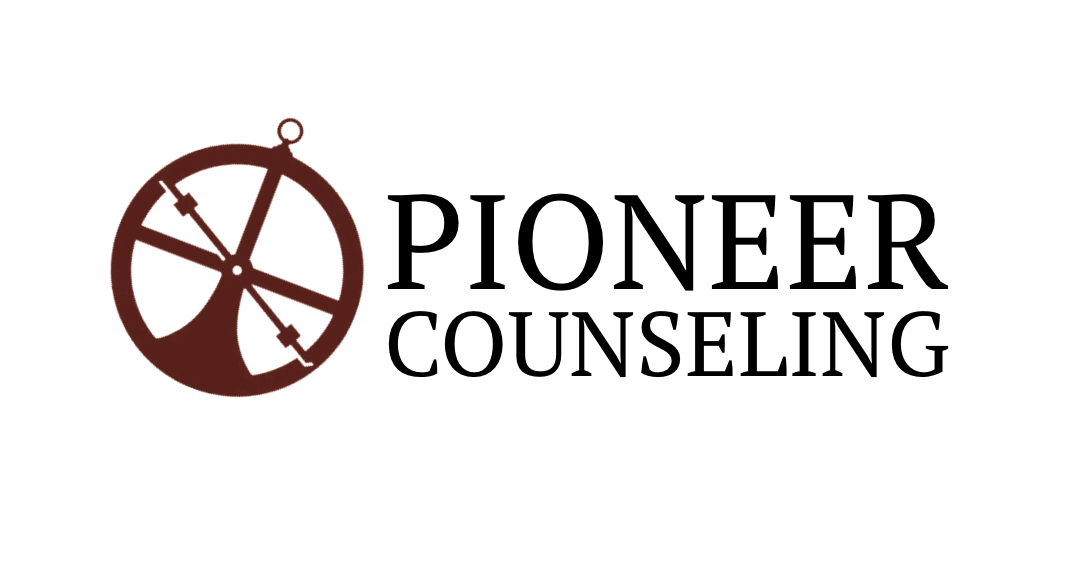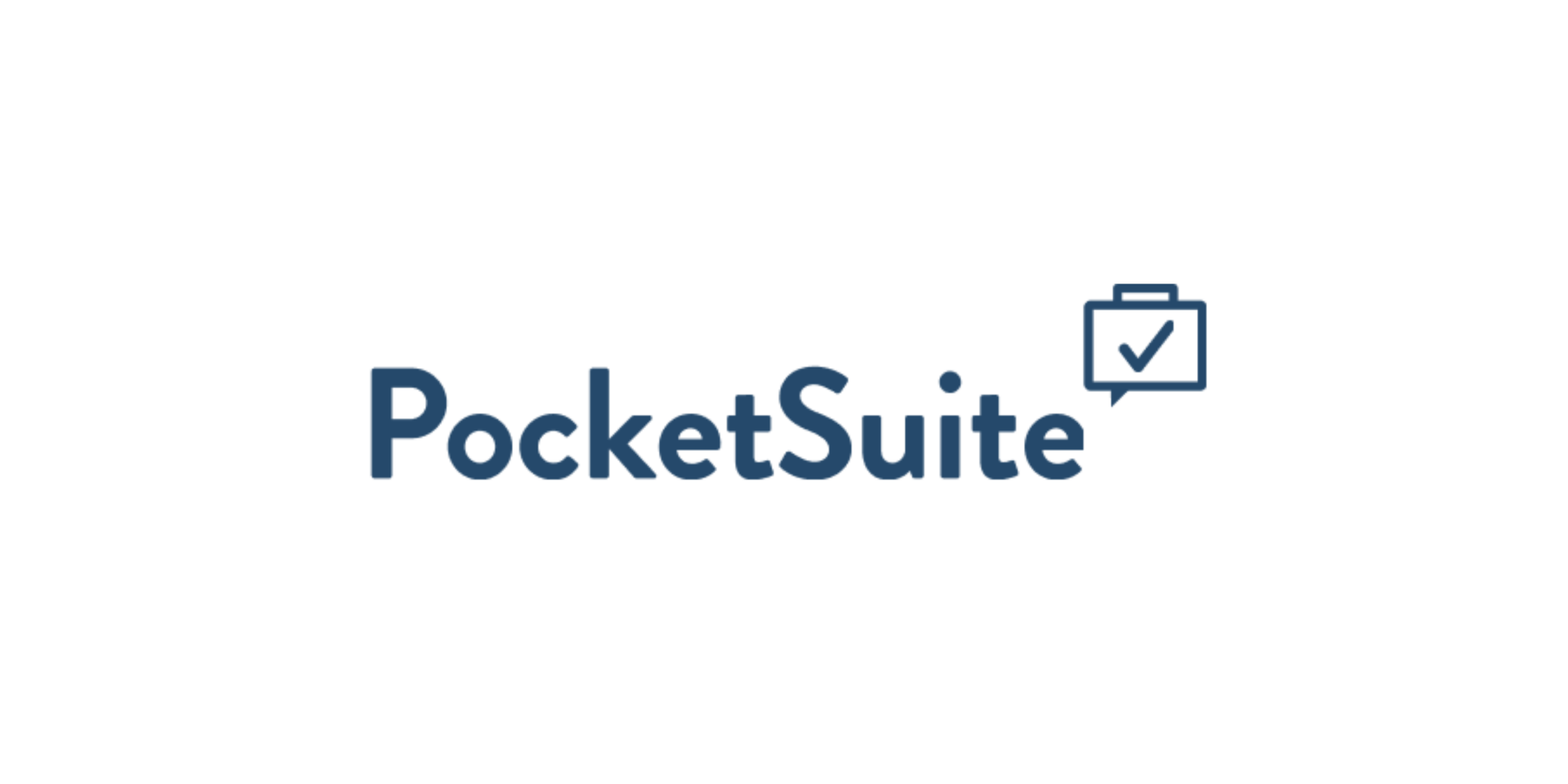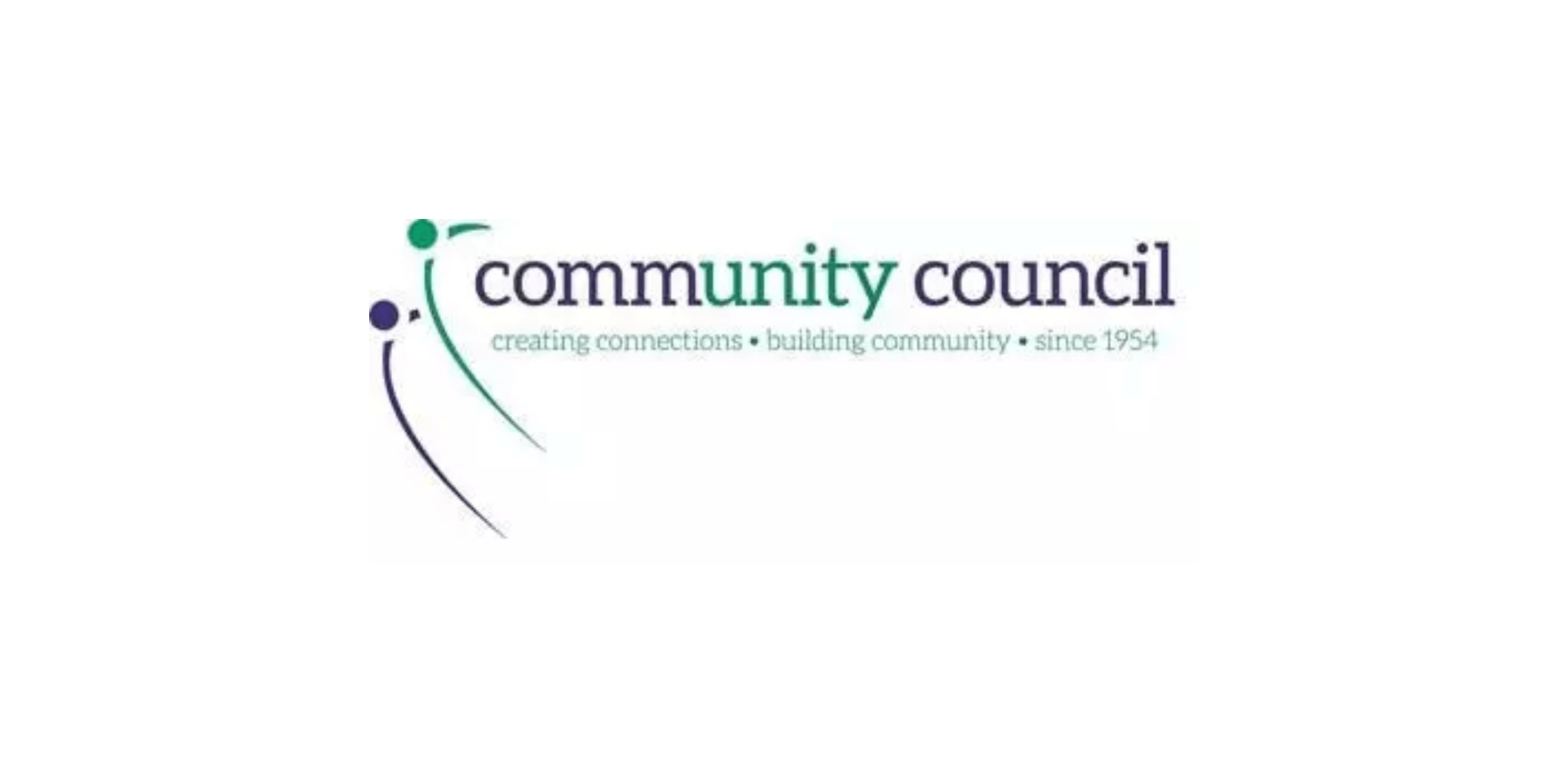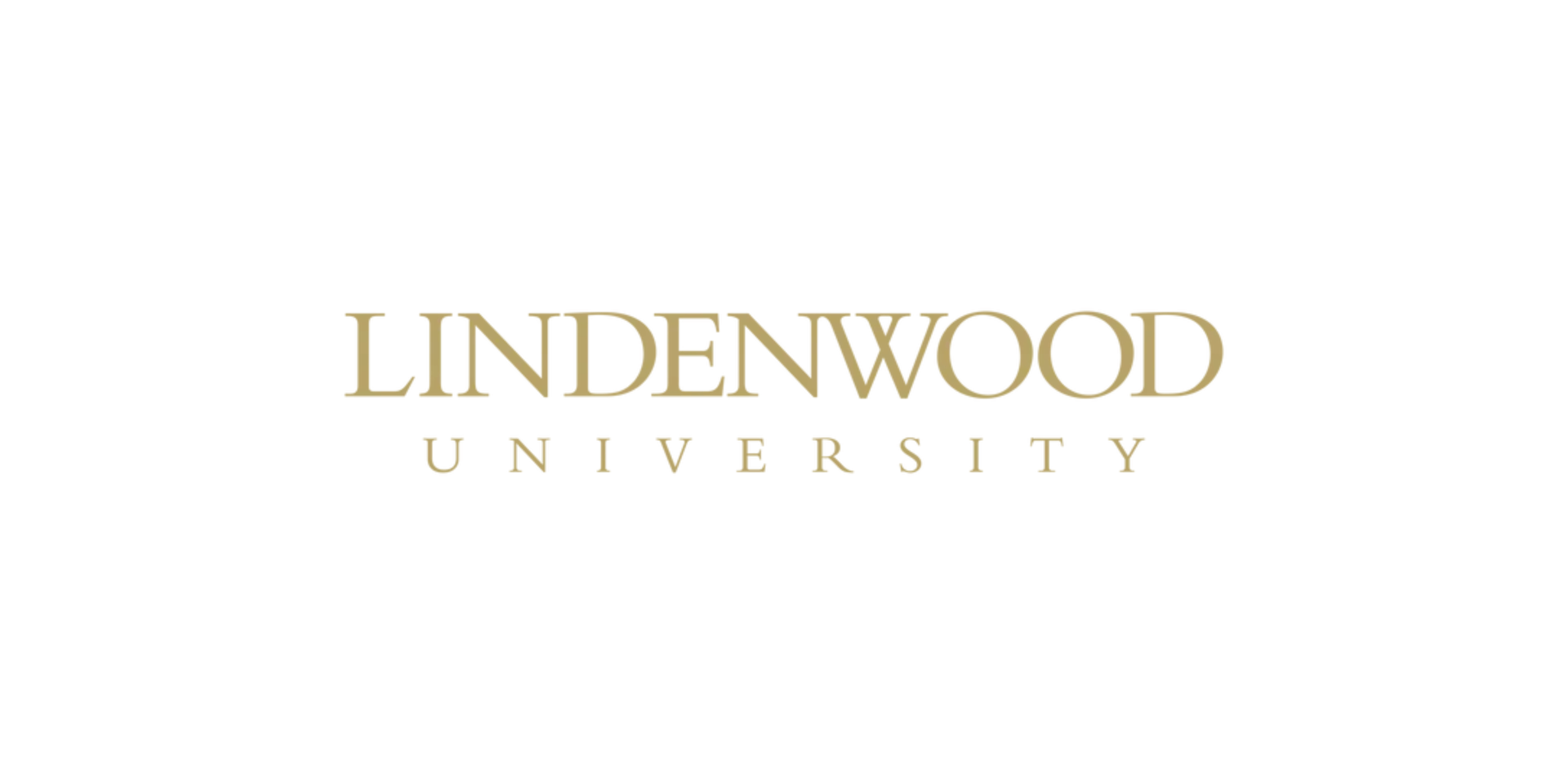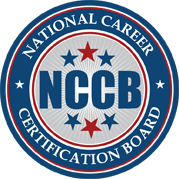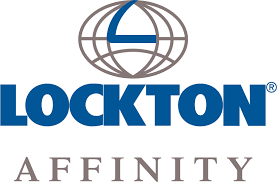Exploring Therapeutic Intent
People with authority can influence the world in 100 days, marketing Mad Men are able to persuade the world to purchase $1,000 Playoff tickets, therapists on the other hand, well, we're a different bird all together. Therapist are the ones who understood Willy Wonka when he said "Oh, you can’t get out backwards. You’ve got to go forwards to go back." It can be incredibly difficult for the untrained eye to observe subtle patterns, hidden power struggles, and unwanted cognitive distortions.
You would think with those abilities a therapist would want to influence the world. Think again. What is influence truly? We can define influence through the method and lens of Ethos, Pathos, and Logos.
Ethos - This is when people use the platform of ethics and credibility to bring change to a person/ mentality/ situation.
Pathos - This is when people use various emotions (fear management, bandwagon, Repetition) to bring change to a person/ mentality/ situation.
Logos - This is when people use reason and logic (Facts and Stats, claims, general logic) to bring change to a persons/ mentality/ situation.
These are all very effective tools, and truly do influence clients. But is it the source and true definition of therapy?
You may also assume a therapist would want to persuade clients into betterment. Hold your horses.
When you take a deeper look into the art of persuasion, you find a handful of methods that have been proven to work. Persuasion techniques such as Reciprocity, Authority, Consistency, Scarcity, Liking, and Consensus.
Reciprocity - A waiter brings you your check, and includes a mint or chocolate, you are more likely (statistically) to leave a larger tip.
Authority - Someone placed in a powerful position requests something of you, you are more likely to follow through.
Consistency - You are asked to place a window sticker on your car to promote a radio station. You are then more likely to listen to that radio station.
Scarcity - "Ladies and Gentlemen, this is an Iphone! Most people have one, and their lives are so much better for it. You, on the other hand, lack an Iphone." This technique plays on the element of void and fear. I don't have xyz, so I must attain it.
Liking - Someone gives you compliments and positive reflections, you are more likely to continue being around them.
Consensus - A hotel room door sign reads "75% of guests reuse their towels to help the environment." You are more likely to reuse your towel.
All of these techniques work to persuade people.They exist all around us in many different ways. But is that the crux of therapy?
This leaves us with what I believe is the most reflective term in defining therapy- Empowerment . That is where, in my mind, true health exists. When a client feels empowered, understood, accepted, ...
Empowerment revolves around the client , not the treatment or modality. At the end of the day I am not aiming to influence my clients, or to persuade my client. My source of therapy is to empower. Empowerment plays on empathy, mirroring, exploring sources of self value and self strength, and developing the inner self in face of the external world.
I was raised towards the end of a generation which believed you must pull yourself up by your own bootstraps. I harp on how harmful that mentality can be. However, in treatment it could be very effective to define what bootstraps are, and possible methods to get them up. This could include, but is not limited to, the development of self reliance.
Empathy
Brene Brown does a fantastic job explaining empathy. She frames it around the idea of crawling down into the client's pit and sitting with them, versus just looking into the pit the client is sitting in, Empathy is not something you show, but rather something you exhibit, or embody. The difference means saying "Wow, this dark pit is lonely, I can understand that." rather than "Wow, that stinks that your in a lonely pit, at least you're still alive!?"
Mirroring
If you haven't had the chance to watch Fritz Perls in a therapy session, please take a moment and watch how he holds up a figurative mirror and sometimes even mimics the clients behavioral mannerisms. Mirroring shows the client their selves in a reflective way. This grants the client the ability to filter out what benefits them and what doesn't. This helps the client to understand and develop their self.
Fritz Perls & Gloria
https://www.youtube.com/watch?v=OBqk-TZCpFA
Self Value / Self Strength
After a few sessions, I develop "life timelines" with clients. We roll out a long scroll of paper, and make a line down the center. The first dot is the day they were born, the dot furthermost to the right is present day. Placing major life events on paper offers a great deal of clarity! A client is able to see their hurt, and their joy. Their weakness and their strengths. It is easy to pin point weaknesses, they stick out like a sore thumb. Strengths however can be tricky, which is why this timeline is so powerful. The points of weaknesses do not solely exist by themselves. After every weakness or heartache exists the next movement in life. A new job, a partner, improved health, a degree, etc. You can find drives, attributes, supports, all through this timeline. Then, the most beautiful part, the client is able to draft or script their own narrative. "What will the next dot be on this page?! Write it!
Inner Self vs External World
Dallas Willard was an American philosopher who developed a model of self thinking that I believe is incredibly valid. Through his model he posed the question, "what is at our center?". The model showcases a circle within a circle, and so on until you see a dot in the middle. The idea suggested what is at our center fuels what impacts us, and how/ if we impact the world!
here it is
http://4.bp.blogspot.com/-FQ4MxhOn2EA/Td75csA6IzI/AAAAAAAAAcI/I2aNtv--RcQ/s1600/dwperson.png
Willard coined the model Spheres of Influence. The model itself appears very spiritual, which is not a bad thing. However, this model can be used in many different ways. It can showcase what is at the center of our selves, and then offer the opportunity to replace it with something stronger, tweak it, accept it, come to terms with it, be angry by it, etc. For some, their inner self is power, compassion, Jesus, instincts, drive, a memory.
Once this happens, the individual is more equipped and empowered to allow this inner self to impact the external world, rather than live constantly under the weight of things from the external world impacting them.
Disclaimer: In this effort to empower others, we must keep a firm grasp on legalities, self harm or harm to others, clients well being, etc.
So here is a parting question for you!
Have you learned your client deeply enough to come from their moral ground? If a persons mentality is not in their own best interest or actually harms their well being, do you feel trained enough to work on restructuring their perspective in a non biased manner? If so, how have you done this? I would love to know of any tools or techniques!
Geries Shaheen is a Provisionally Licensed Professional Counselor operating in and around St. Louis Missouri. Geries teaches psych classes as an Adjunct at Saint Louis Christian College and offers Adolescent/ Family Therapy through Preferred Family Healthcare . Geries holds his BA in Intercultural Studies from Lincoln Christian University, and his MA in Professional Counseling from Lindenwood University. Holding a certificate in Life Coaching, Geries provides life coaching services to clients online throughout the nation.
Pioneer Counseling Blog


